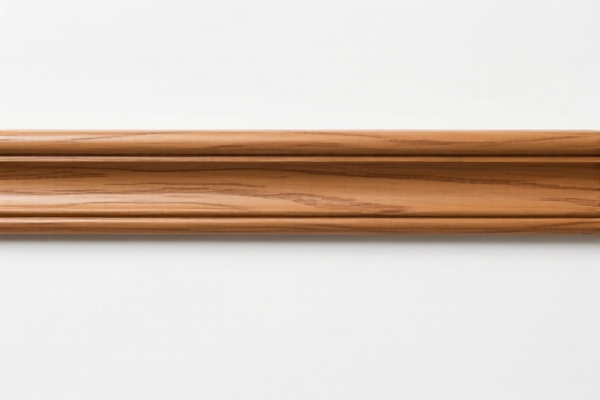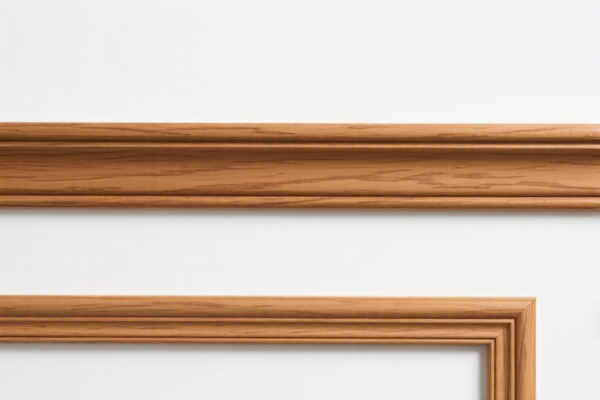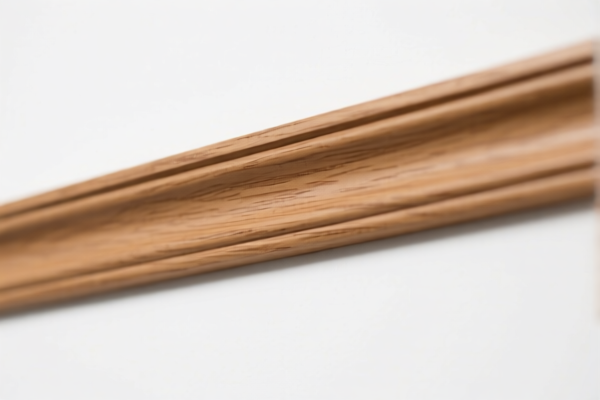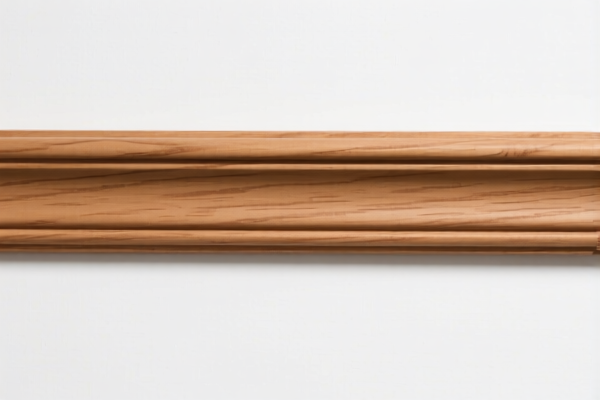| HS Code | Official Doc | Tariff Rate | Origin | Destination | Effective Date |
|---|---|---|---|---|---|
| 4418919105 | Doc | 58.2% | CN | US | 2025-05-12 |
| 3925900000 | Doc | 60.3% | CN | US | 2025-05-12 |
| 6808000000 | Doc | 55.0% | CN | US | 2025-05-12 |
| 6809900000 | Doc | 55.0% | CN | US | 2025-05-12 |
| 6810990080 | Doc | 55.0% | CN | US | 2025-05-12 |
| 7326908688 | Doc | 82.9% | CN | US | 2025-05-12 |
| 7418100055 | Doc | 40.5% | CN | US | 2025-05-12 |
| 7610900040 | Doc | 85.7% | CN | US | 2025-05-12 |




Okay, let's break down the HS codes and tax implications for your "WALL TRIM MOLDING" declarations. I'll provide a structured analysis to help you understand the classifications and potential costs.
Important Note: HS code classification is complex and depends on the exact material composition and intended use of the product. This analysis is based on the descriptions provided. Always double-check with customs officials or a qualified broker for final confirmation.
1. 4418.91.91.05 – Builders' joinery and carpentry of wood, including cellular wood panels and assembled flooring panels; shingles and shakes: Other: Of bamboo: Other Wood flooring
- 44: Wood and articles of wood; wood charcoal. (This chapter covers products made primarily of wood.)
- 18: Builders' joinery and carpentry. (Specifically, items used in construction and building.)
- 91: Other (This indicates a more specific subcategory within builders' joinery)
- 91.05: Of bamboo
- Tax: Base Tariff: 3.2%, Additional Tariff: 25.0%, Post 2025.4.2: 30.0%, Total: 58.2%
- Key Consideration: Ensure the flooring is primarily bamboo. If other wood components are significant, a different HS code might be more appropriate.
2. 3925.90.00.00 – Builders' ware of plastics, not elsewhere specified or included: Other
- 39: Plastics and articles thereof.
- 25: Plastics builders' ware (items used in construction).
- 90: Other (This covers plastics builders' ware not specifically classified elsewhere).
- Tax: Base Tariff: 5.3%, Additional Tariff: 25.0%, Post 2025.4.2: 30.0%, Total: 60.3%
- Key Consideration: This code is for plastic trim. Confirm the material is indeed plastic and not a composite.
3. 6808.00.00.00 – Panels, boards, tiles, blocks and similar articles of vegetable fiber, of straw or of shavings, chips, particles, sawdust or other waste, of wood, agglomerated with cement, plaster or other mineral binders
- 68: Articles of stone, plaster, cement, asbestos, mica or similar materials.
- 08: Articles of vegetable fiber, straw, wood waste, etc., bonded with cement/plaster.
- Tax: Base Tariff: 0.0%, Additional Tariff: 25.0%, Post 2025.4.2: 30.0%, Total: 55.0%
- Key Consideration: This is for fiberboard/particleboard type materials. Ensure the primary component is vegetable fiber/wood waste and it's bonded with cement/plaster.
4. 6809.90.00.00 – Articles of plaster or of compositions based on plaster: Other articles
- 68: Articles of stone, plaster, cement, asbestos, mica or similar materials.
- 09: Articles of plaster.
- 90: Other (covers plaster articles not specifically classified elsewhere).
- Tax: Base Tariff: 0.0%, Additional Tariff: 25.0%, Post 2025.4.2: 30.0%, Total: 55.0%
- Key Consideration: This is for trim made primarily of plaster.
5. 6810.99.00.80 – Articles of cement, of concrete or of artificial stone, whether or not reinforced: Other articles: Other Other
- 68: Articles of stone, plaster, cement, asbestos, mica or similar materials.
- 10: Articles of cement, concrete, or artificial stone.
- 99: Other (covers articles not specifically classified elsewhere).
- Tax: Base Tariff: 0.0%, Additional Tariff: 25.0%, Post 2025.4.2: 30.0%, Total: 55.0%
- Key Consideration: This is for trim made primarily of cement, concrete, or artificial stone.
6. 7326.90.86.88 – Other articles of iron or steel: Other: Other: Other: Other Other
- 73: Articles of iron or steel.
- 26: Other articles of iron or steel.
- 90: Other (covers articles not specifically classified elsewhere).
- Tax: Base Tariff: 2.9%, Additional Tariff: 25.0%, Post 2025.4.2: 30.0%, Total: 82.9%
- Key Consideration: This is for trim made primarily of iron or steel.
7. 7418.10.00.55 – Table, kitchen or other household articles and parts thereof, of copper; pot scourers and scouring or polishing pads, gloves and the like, of copper; sanitary ware and parts thereof, of copper: Table, kitchen or other household articles and parts thereof; pot scourers and scouring or polishing pads, gloves and the like Other: Other: Other: Other
- 74: Copper and articles thereof.
- 18: Table, kitchen, household articles of copper.
- 10: Other
- Tax: Base Tariff: 3.0%, Additional Tariff: 7.5%, Post 2025.4.2: 30.0%, Total: 40.5%
- Key Consideration: This is for trim made primarily of copper.
8. 7610.90.00.40 – Aluminum structures (excluding prefabricated buildings of heading 9406) and parts of structures (for example, bridges and bridge-sections, towers, lattice masts, roofs, roofing frameworks, doors and windows and their frames and thresholds for doors, balustrades, pillars and columns); aluminum plates, rods, profiles, tubes and the like, prepared for use in structures: Other Architectural and ornamental work
- 76: Aluminum and articles thereof.
- 10: Aluminum structures and parts.
- 90: Other
- Tax: Base Tariff: 5.7%, Additional Tariff: 25.0%, Post 2025.4.2: 30.0%, Total: 85.7%
- Key Consideration: This is for trim made primarily of aluminum.
Important Reminders & Recommendations:
- Material Composition: The exact material composition is crucial. Small percentages of other materials can shift the HS code.
- Intended Use: How the trim is used (e.g., interior vs. exterior) can also affect classification.
- 2025.4.2 Tariff Changes: Be aware of the additional tariffs coming into effect in April 2025.
- Certifications: Depending on the material and destination country, you may need certifications (e.g., for wood, fire resistance, etc.).
- Invoice Details: Ensure your commercial invoice clearly states the material composition, intended use, and any relevant certifications.
- Consult a Broker: I strongly recommend consulting with a qualified customs broker in both the origin and destination countries. They can provide definitive HS code classifications and ensure compliance with all regulations.
I hope this detailed breakdown is helpful! Let me know if you have any other questions.
Customer Reviews
No reviews yet.